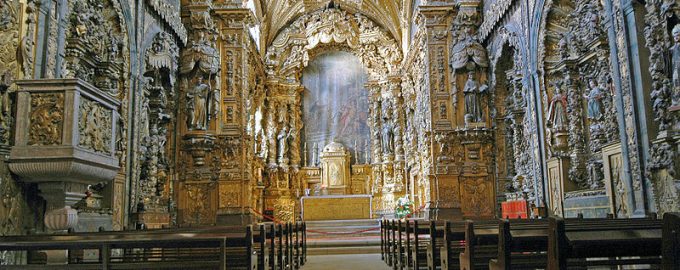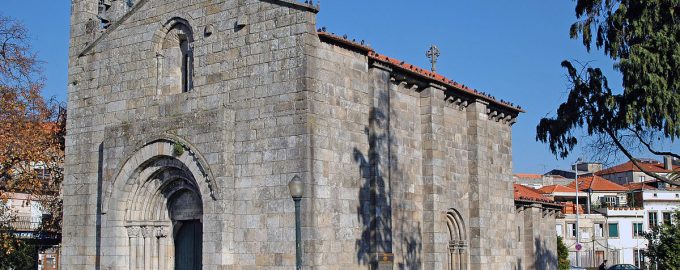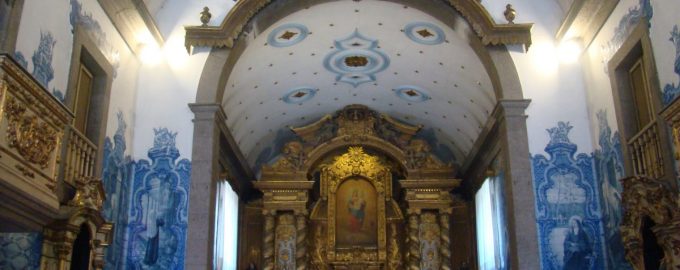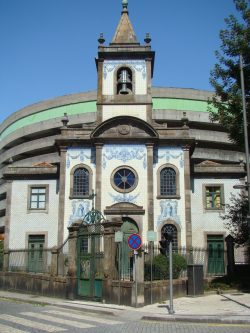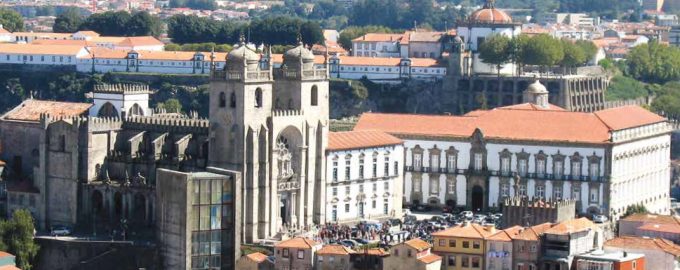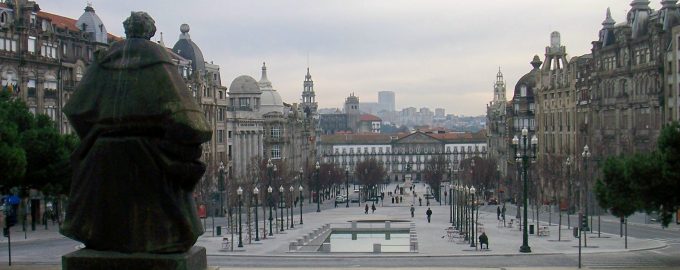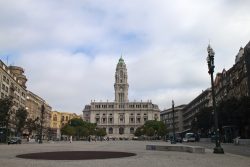It is the oldest church in Porto, with origins dating back to the sixth century and a king desperate to save a sick son.
Classified as a National Monument and located next to another larger and more modern church, the Church of São Martinho de Cedofeita, commonly known as the Romanesque Church of Cedofeita, stands out for its simplicity and antiquity.
The present church is not, however, the original building, since the temple dates back to the sixth century and the Suebi Dynasty, undergoing several changes over the years. The earliest remains were from the end of the ninth century, therefore predating the very formation of Portugal, which only occurred in the twelfth century. It may have been after 868 (year of the re-conquest of the city from the Moors) that a temple was built, whose capitals still resist. These elements were built in limestone, probably originating from the region of Coimbra, while the remaining building was made in granite. The lower parts of the chancel would have been built later, dating back to about 1087.
Nevertheless, the Romanesque phase of this important work only appeared later, during the period of the reign of D. Afonso Henriques, the first Portuguese king. In addition to its antiquity, this church has unique architectural and decorative features in this region of the country: particularly important is the tympanum in the North Portal, where one can see an Agnus Dei (a mystical lamb symbolizing Christ in the Apocalypse), quite similar to one that exists currently at the Machado de Castro National Museum in Coimbra. The influences of this region can be explained by the fact that Soeiro Anes worked on this project, which was also connected to the Sé Velha of Coimbra.
The legend:
The Suebi king Theodomiro, desperate to save his sick son, made a promise to Saint Martin of Tours, sending to Tours gold and silver in weight equal to that of his son. When returning, a bishop brought a relic of the saint, and when it was shown, the sick son healed. Feeling extremely grateful, the king converted all his people to Catholicism and had a church built in honor of the saint. The church was quickly built, becoming known as Cito Facta, which means Made Early. From this expression the present name of that zone: Cedofeita is derived.
Information:
Largo do Priorado, Porto
Opening Hours: Tuesday through Friday: 4:00 p.m. to 7:00 p.m.
